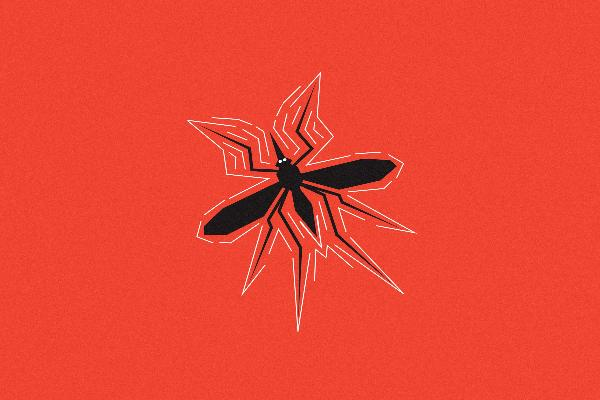
A team of researchers from Ben-Gurion University in Israel has developed a new method for extracting data from physically isolated computers using speakers and headphones. At the moment, the technique, dubbed MOSQUITO, is experimental and has not yet been used in real attacks.
The method uses a technique known as jack retasking to effectively convert a speaker into a microphone. In the past year, researchers have already used this technique in the Speake (a) r project to "turn" headphones into microphones and record audio and conversations.
This time the experts decided to develop the idea further. According to them, malware installed on a physically isolated computer can convert local files into audio signals and transfer them to another computer through connected speakers or headphones. Then the second computer, also infected with malware, uses the jack retasking technique to turn speakers or headphones into a microphone, receive a modulated signal and convert it back into a data file.
Experts developed a protocol that modulates binary data into audio signals and tested the attack at a distance of 1 to 9 meters. The data transfer rate from computer to computer ranged from 1800 bps to 1200 bps in the experiment, when the speakers were opposite each other and emitted sound in the range audible to humans (below 18 kHz).
The data transfer rate decreased in cases where the speakers were turned in different directions, the distance between them increased, the frequency of the audio signal changed, or headphones were used. In the experiment, we tested three types of headphones - on-ear, in-ear and headphones with a sealed silicone pad. In the last two cases, the data transfer rate dropped to 300 - 600 bps, and in the first - to 250 bps. This factor is explained by the fact that the headphones direct sound waves in a specific direction and for effective data extraction, the devices must be located very close to each other.
Other factors, such as ambient noise and conversations, also affect the data transfer rate. However, this obstacle can be circumvented by using higher frequencies (above 18 kHz) to exfiltrate the data, the researchers explained.
